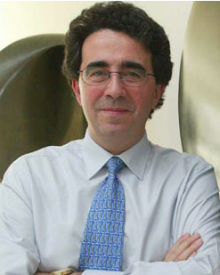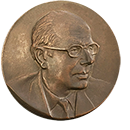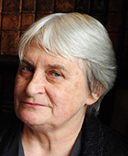Dr Santiago Calatrava
Born in Benimàmet, a former municipality that is now an urban part of Valencia, Spain, Santiago Calatrava went on to pursue an undergraduate degree in Architecture at the Polytechnic University of Valencia, and remained at the university to take a postgraduate course in Urbanism.
Following his graduation in 1975, Calatrava enrolled at the ETH Zürich Swiss Federal Institute of Technology in Zürich, Switzerland, for graduate work in civil engineering, before starting his own architecture and engineering practice in 1981.
Many view Calatrava’s work as situated at the junction between art, architecture and engineering, and he during his career he became one of the leading figures of a new generation determining the shape of architectural design and acting as an inspiration for future generations.
His best-known work, in the form of bridges and towers, is closely related to his own drawings of the human body and to his sculptures of geometric forms, inspired by the dynamics of movement and tension.
The towers, bridges and monuments of Dr. Santiago Calatrava have been featured in numerous international exhibitions and publications, with his most famous projects including the urban regeneration of Stadelhofen Station in Zurich (1983-90), the birdlike forms of the TGV Station and Airport at Lyons-Satolas (1989-94), Trinity Bridge, Salford (1992-95), the Oriente Station, Lisbon (1993-98) and the City of Science, Valencia (1991-2001).





